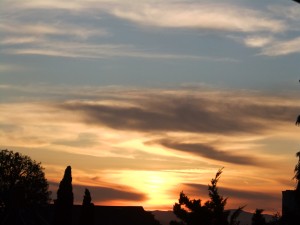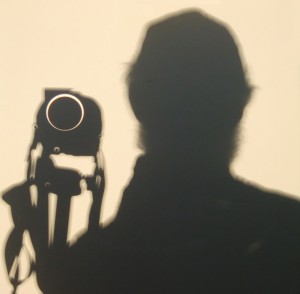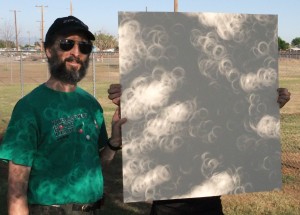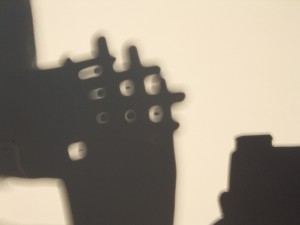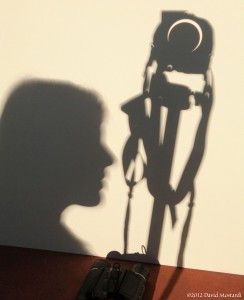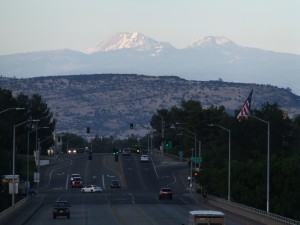In an article in yesterday’s New York Times, Dennis Overbye writes about “Big Data”. This is a phrase that I deal with every day: my company, Aspera, writes software that can quickly copy huge amounts of data over the Internet. Many types of businesses generate Big Data: movie studios, where a full-resolution feature movie can consume more than 4TB; bio-tech firms, where DNA sequencing produces TBs of data, and the subsequent genomic analysis even more; web sites like YouTube which receive multiple TBs of video content every day and must store, organize and collate them for easy retrieval; and so on. This is what the computer industry means by “Big Data”.
But that’s not what Dennis Overbye meant in his New York Times article. He used “Big Data” to mean the heaps of data that Facebook, Google, or the Government are using to keep track of us and our buying habits, so that they know more about us than we do ourselves. Overbye meant “Big Data” with a clear allusion to George Orwell’s “Big Brother”. As he wrote, “Big Data is watching us, but who or what is watching Big Data?”
I am very interested in this unexpected usage of “Big Data”, especially as I use the phrase every day when talking with customers. In our Facebook Age, neologisms can go viral within days. If the computer industry loses control of “Big Data” we’ll be obliged to coin a new phrase to avoid the undesirable Orwellian overtones. I’d suggest one, but I haven’t thought it up yet.



